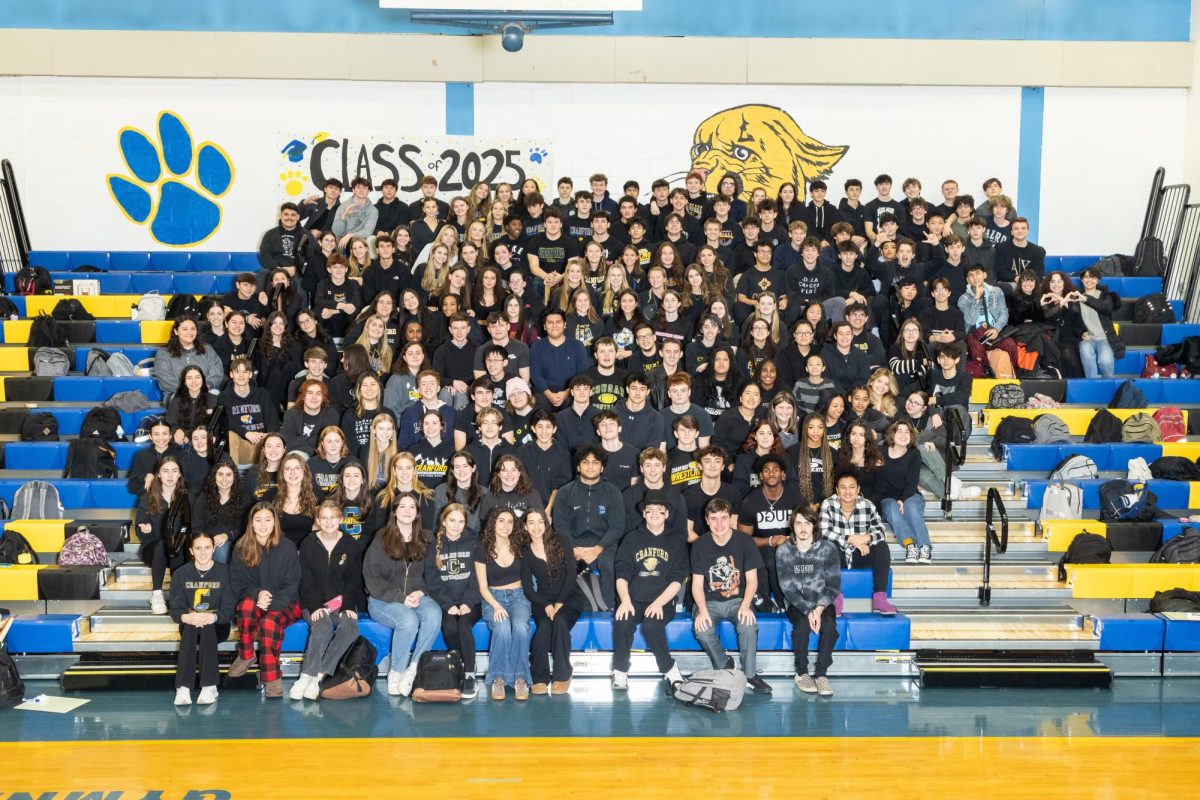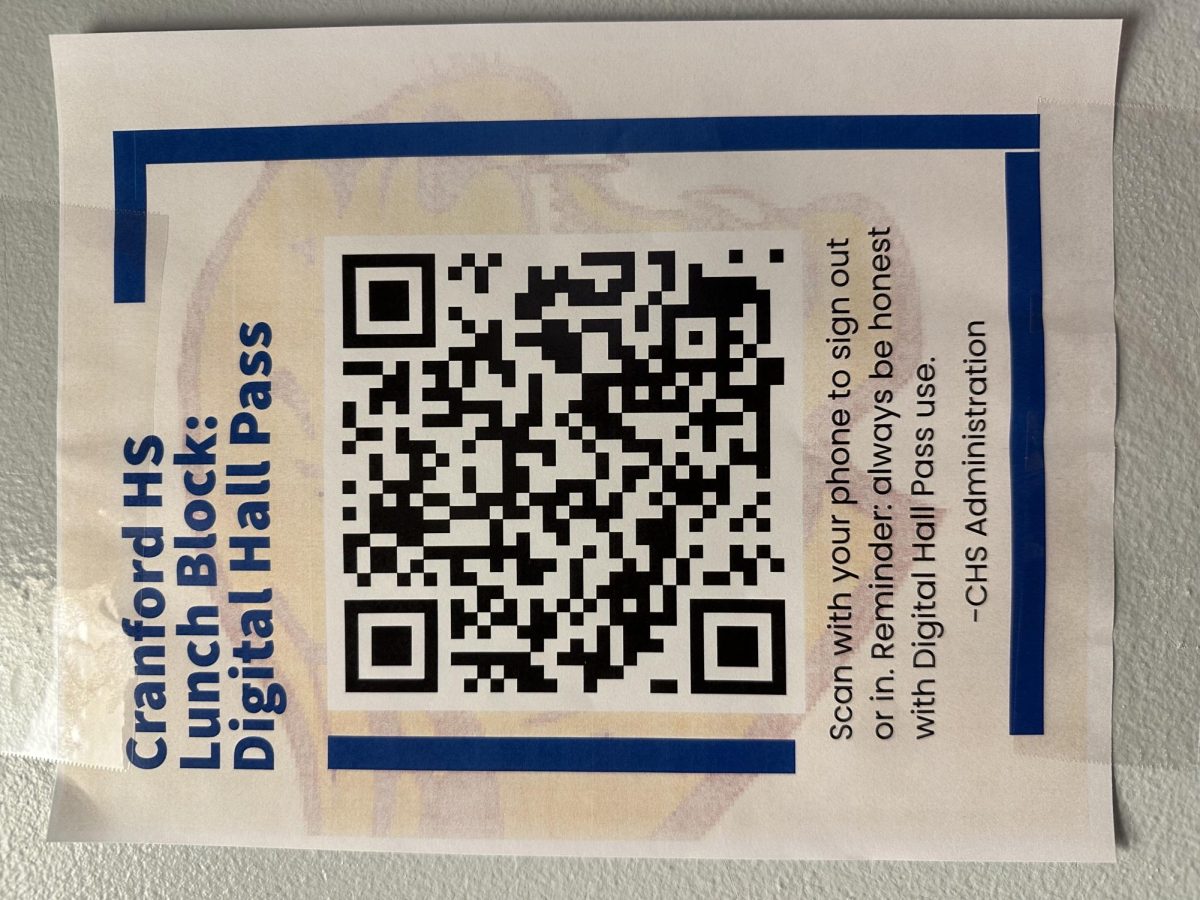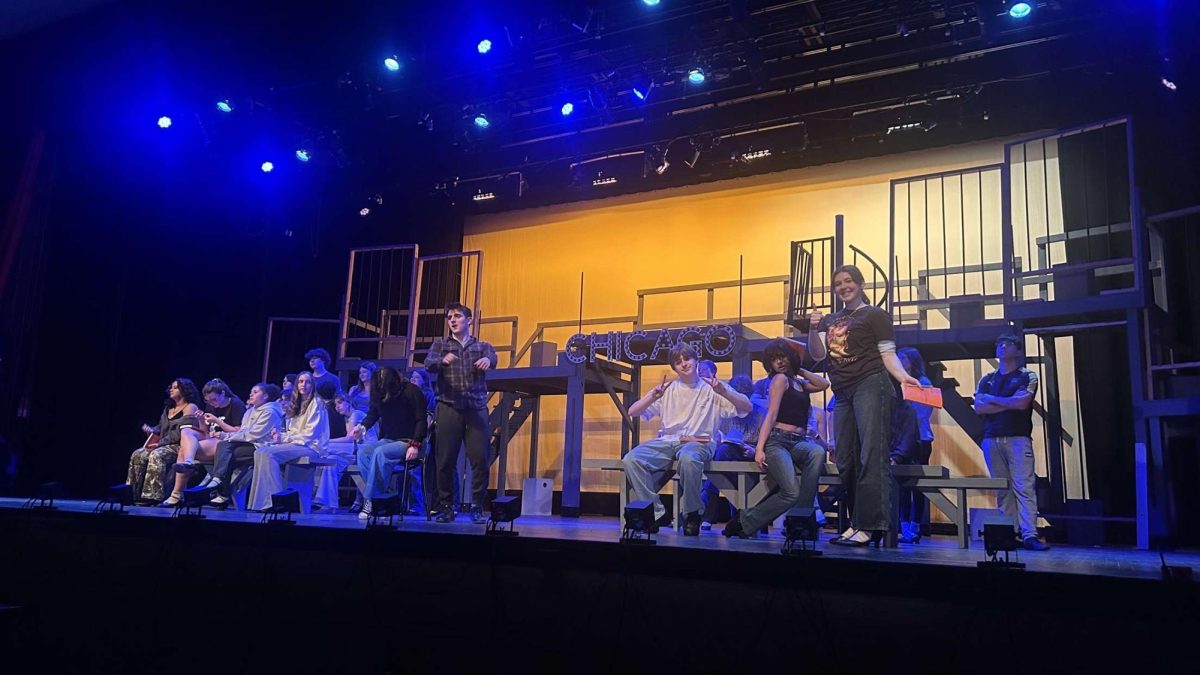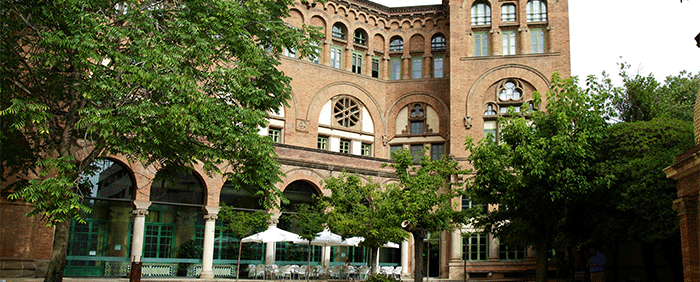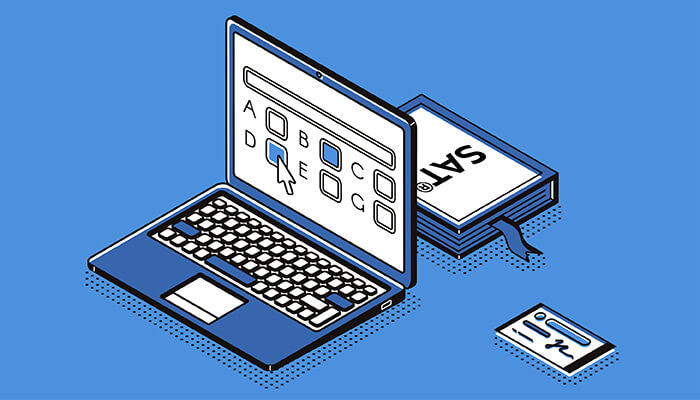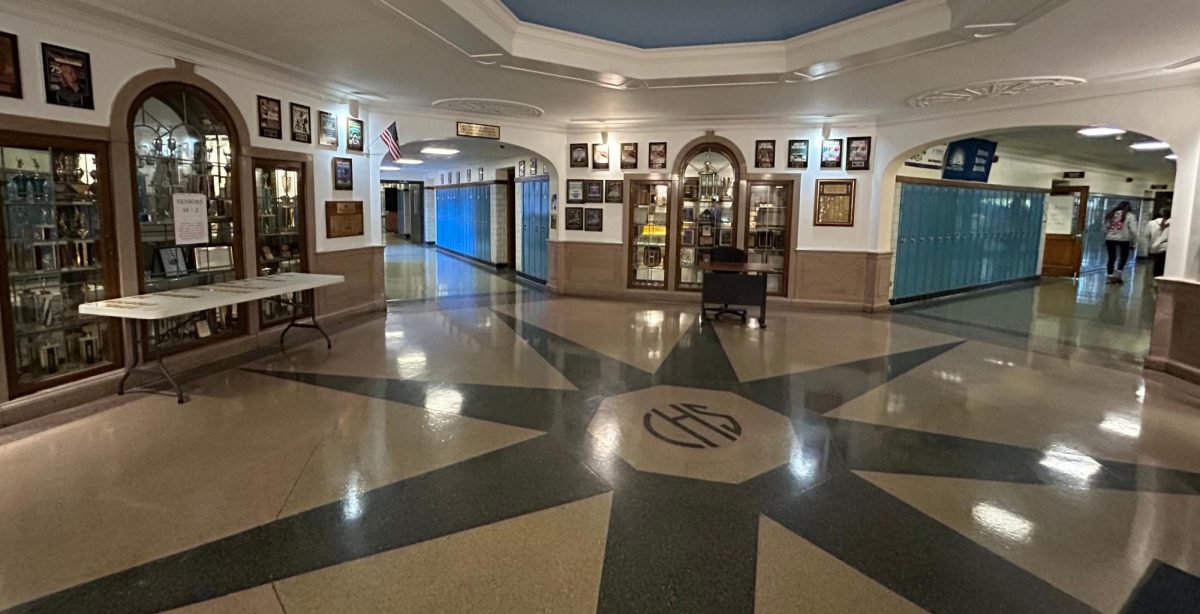According to a survey published by American College Testing in June of 2023, 46% of high school students use artificial intelligence tools for their work. On the surface, this raises concerns regarding the authenticity of student work, especially from the perspective of an educator. AI makes plagiarizing easier than ever, and detecting it even harder. Data confirms this; content within 11% of student submissions was at least 20% AI-generated, while AI detectors have been reported to yield “high error rates” from Turnitin and MIT Sloan Teaching & Learning Technologies respectively. However, AI usage in educational environments is a bilateral issue. In fact, AI can increase learning and assist both students and teachers.
Implementing AI into classrooms can bring many benefits, one being that it can aid teachers in moments when they can not be in multiple places at once. Recently at Cranford High School, Spanish teacher Mrs. Corlett utilized ChatGPT to demonstrate this. The particular assignment entailed a prompt in which students had to respond with a paragraph written in Spanish. Mrs. Corlett simply instructed students to take a picture of their response and upload it into the program along with the direction to “give feedback in English on a writing sample that I have written in Spanish.” From there, ChatGPT instantly read, analyzed, and gave each student personalized feedback. This feedback included verb agreements, punctuation and clarity, vocabulary choices, grammar, and cohesion of writing. Instead of using the majority of the period reading through all the student responses and critiquing them, Mrs. Corlett used ChatGPT to accomplish this in a fraction of the time. This is not only the perfect solution for overwhelmed teachers who know class time doesn’t grow on trees, but a perfect demonstration of how AI can be used beneficially in a classroom to help both teachers as well as students. The feedback ChatGPT provided was likely more thorough and intricate than the students would have received otherwise, allowing them to understand their mistakes and improve their writing. The teachers save time, and the students receive highly personalized, useful feedback.
This is not the only way in which AI has proven to be useful when properly employed. Teachers can use AI to generate lesson plans, create supplementary resources, make interactive games and activities, alter exams, and grade assignments. These are just a few of the possible applications a resource like this can provide. It is also important to keep in mind that contrary to popular belief, AI does not always limit a student’s imagination, or how hard they think. Houman Harouni, a lecturer on education at the Harvard Graduate School of Education, discusses how he used ChatGPT to generate high-level thinking in his students in an article he co-authored on Wired.com. His students were given a difficult case study in which both they and ChatGPT tried to brainstorm solutions. The result was that ChatGPT created ideas eerily similar to the students’. While this initially may seem negative, it actually provoked students to think further outside of the box and come up with more creative ideas that couldn’t be hastily formed by ChatGPT’s database. In other words, ChatGPT’s inability to form creative solutions is exactly what sparked Harouni’s students to push the limits of their own abilities. For students and educators, artificial intelligence may be used as a tool to progress one’s thinking, not just as a supplement.
With this being said, it is important to keep conscious of the fine line that exists when it comes to maneuvering AI. Artificial intelligence is a double-edged sword that can be used positively and maliciously. If used properly, AI can be a teaching and learning tool that benefits classrooms as a whole. If abused, however, AI can lead students to plagiarize entire assignments, or teachers to use AI to do too much of their job for them. Hence, in order to properly operate these powerful chatbots, education on how to do so must come first. Teachers must establish for themselves when and when not to use these devices. Simultaneously, they must guide students to recognize which situations using AI is acceptable. It is also crucial for them to instruct students how to construct prompts that will use AI tools to their full potential, as Mrs. Corlett did. As AI trends further into the education sector in the hands of students and teachers alike, we must approach it appropriately.


